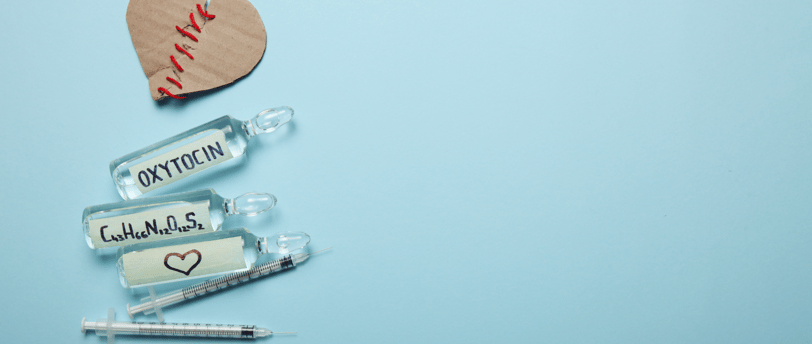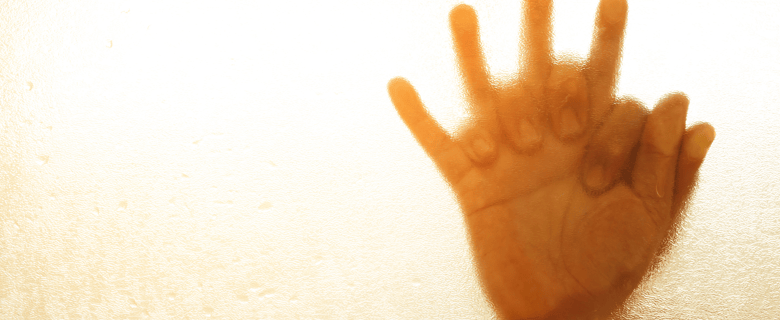"What we call love is often a reflection of our desires, fears, and the pull of chemistry; real love exists only when illusions fade."
Chemistry vs. Compatibility: Why That Spark Might Be Lying to You
Understanding the difference between chemistry and compatibility can save you from chasing the wrong relationships. Learn why the spark fades and what truly makes love last.
MENWOMEN
Ellen Mouton
2/10/20253 min read



Why That Spark Might Be Lying to You
You meet someone, and it’s electric. The excitement, the pull, the way your heart races when they text—it’s all-consuming. You lose track of time, replaying every moment, every glance, every word. You convince yourself: this must mean something.
But then, something shifts. They don’t text back as quickly. The conversations feel different—less effortless, less exciting. That once-intoxicating connection feels… uncertain.
And now, you’re left wondering: Was it real? Or was I just caught up in something that was never meant to last?
If you’ve ever felt this way, you’re not alone. Most people mistake chemistry for compatibility—and it’s why so many relationships start intensely and end painfully.
Why Chemistry Feels Like Love
We’ve been taught that love should be overwhelming and that if it’s real, you’ll just know. However, what we often call “love at first sight” is typically nothing more than biology at play.
Chemistry is your brain’s way of getting you hooked; it floods your system with dopamine, oxytocin, and adrenaline—the same chemicals that fuel addiction. This phase, known as the honeymoon phase, is a scientifically proven period of infatuation that can last anywhere from a few weeks to a couple of years.
The reality is that it always fades. This fading is not a sign that something is wrong; it’s simply how the brain operates. The issue arises when people fail to understand this, mistaking fading intensity for falling out of love.
The Difference Between Chemistry and Compatibility
Chemistry is instant. It’s intense. It makes you crave someone like a drug.
But compatibility? It’s what lasts when the high wears off.
Compatibility is:
Feeling safe rather than anxious.
Having shared values, not just attraction.
Trusting them, even when things aren’t perfect.
Growing together, not just experiencing highs.
Chemistry makes you want someone. Compatibility determines if you can build something tangible with them.


Are You Running on Chemistry Alone?
Ask yourself:
Do I feel addicted to their presence but unsure if they truly understand me?
Is my connection based on intensity, or do we actually align on essential things?
Do they introduce me to their world—friends, family, daily life—or keep me at arm’s length?
When conflict arises, do we work through it, or does everything feel unstable?
If the answers leave you feeling more confused than sure, you’re probably running on chemistry alone.
How to Stop Falling for Chemistry That Leads Nowhere
Slow Down – Chemistry makes you want to rush. Give things time. Real love isn’t built in days or weeks—it’s revealed in consistency.
Look for Emotional Safety – Do you feel secure or spend time worrying about losing them?
Observe Their Effort – Do they make space for you in their life? Are they intentional, or are you just an option?
Don’t Confuse Excitement With Love – Love isn’t the thrill of the chase. Love is who stays when the chase is over.
The Truth About Love
Love isn’t butterflies. It’s not dopamine spikes or the rush of an unread text. Love is who chooses you every day, even when the high is gone.
So before you get lost in the intensity of your next connection, ask yourself: Do I want something that feels good now or something that actually lasts?
For the full deep dive into chemistry vs compatibility, including expert insights and strategies to break free from toxic cycles, subscribe to my unfiltered newsletter. Get it here
Recommended Reading
“The Female Brain” by Louann Brizendine (Buy on Amazon)
“Why Men Love Sex, and Women Love Love” by Allan and Barbara Pease (Buy on Amazon)
“The Chemistry Between Us” by Larry Young and Brian Alexander (Buy on Amazon)
Further Exploration
Videos:
Oxytocin, Vasopressin, and Dopamine’s Role in Bonding: A video that delves into the roles of these hormones in romantic relationships and bonding.
youtube.comDr. Tara Swart — What Science Says About Non-Monogamy: In this discussion, Dr. Tara Swart explores the neuroscience behind monogamous and non-monogamy relationships, shedding light on evolutionary mating strategies.
youtube.com
Articles:
Oxytocin, Dopamine, and Opioid Interactions Underlying Pair Bonding
Behavioural and cardiovascular consequences of disrupted oxytocin communication in cohabitating pairs of male and female prairie voles . Soc Neurosci. 2019. Read here.
Oxytocin Modulates Social Distance between Males and Females
November 14, 2012 — Research on monogamous mammals, particularly prairie voles, has shown that the neuropeptide oxytocin (OXT) promotes the formation of pair-bonds . Read here.
Love and the Brain | Harvard Medical School
Released during sex and heightened by skin-to-skin contact, oxytocin deepens feelings of attachment and makes couples feel closer to one another after having. Read here.
Ellen Mouton
